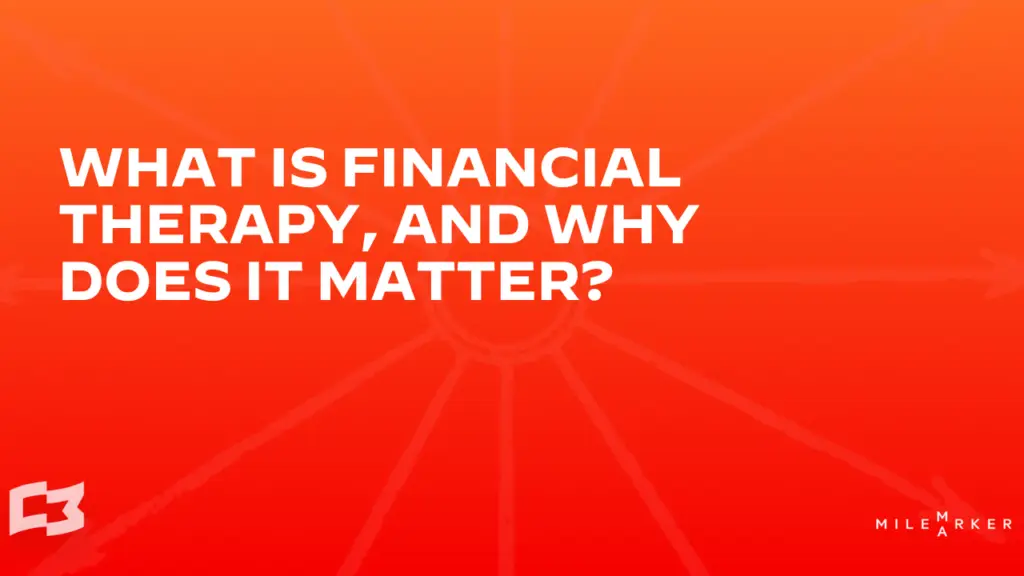Financial therapy is changing the way advisors approach financial planning. Traditionally, financial advice has been about numbers—budgets, portfolios, and performance metrics. But Emily Millsap, Manager of Financial Planning at Avantax Wealth Management, introduces a new layer: the human element. Financial therapy bridges the gap between money and mindset, focusing on how personal experiences, cultural upbringing, and emotions shape financial habits.
Imagine a client who constantly overspends despite earning a high income. Traditional advice might suggest budgeting or cutting expenses. But financial therapy digs deeper, exploring the underlying emotional drivers—perhaps a fear of scarcity rooted in childhood or a desire to keep up with societal expectations. By addressing these factors, advisors can help clients align their financial behaviors with their core values.
Emily explains that financial therapy isn’t just about resolving emotional challenges; it’s about empowering clients to take control of their financial lives. “When clients understand their relationship with money, they can make better decisions,” she says. Advisors who incorporate this approach foster trust, create deeper connections, and ultimately deliver better outcomes.
The benefits of financial therapy extend beyond individual clients. It equips advisors with a unique skill set that sets them apart in a crowded market. By blending traditional advice with emotional intelligence, advisors can build long-term relationships that go beyond numbers. Financial therapy is more than a trend—it’s a transformative approach to financial planning..
These insights are inspired by the latest episode of The Connected Advisor podcast featuring Emily Millsap, Manager of Financial Planning at Avantax Wealth Management. Dive deeper into how financial therapy transforms traditional advice. Listen to the full episode here and explore more articles in this series.

